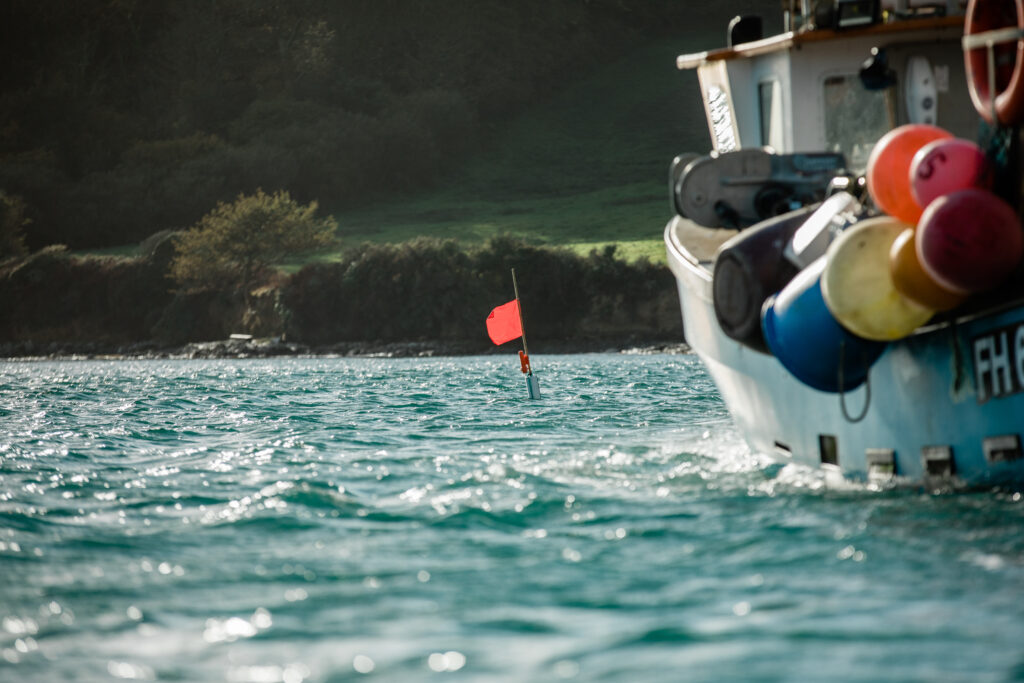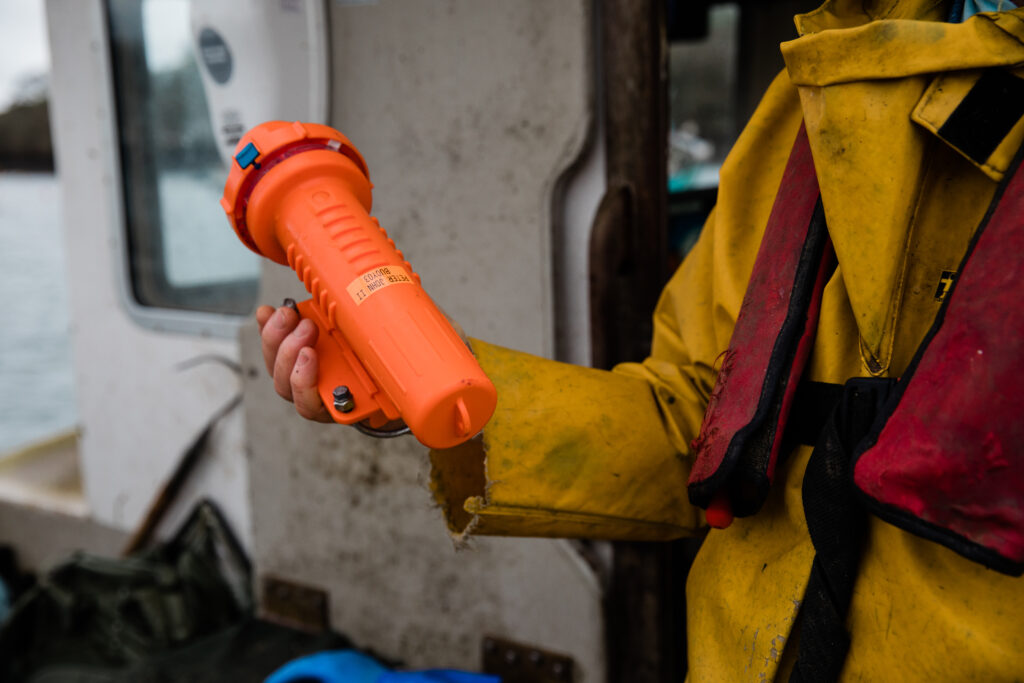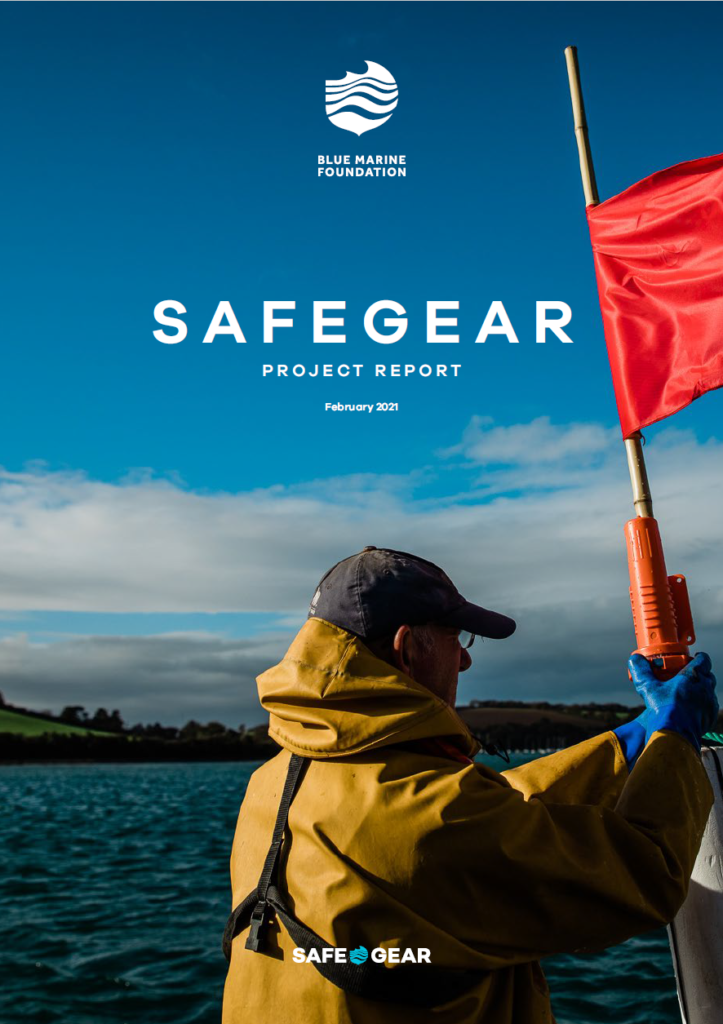Trials of a simple piece of technology, known as SAFEGEAR, have proven successful in reducing the amount of fishing gear lost to our oceans.
Lost fishing gear – also known as ‘ghost gear’ – is a major contributor to marine pollution. An estimated 700,000 metric tons of ghost gear enters the world’s oceans every year and in some studies in specific locations it has made up as much as 46 per cent of marine plastic pollution.
Blue Marine Foundation (BLUE) has revealed findings from its SAFEGEAR project, which analysed the scale and severity of the problem and developed an AIS beacon to tackle it. The project has been funded by the Waitrose Plan Plastic grant fund, which is being managed by the environmental charity Hubbub. The aim of the project is to make the SAFEGEAR beacon available to fishers through grant funding and reduce plastic pollution.
Working with the University of Plymouth International Marine Litter Research Unit, BLUE looked into the scale and cost of abandoned, lost or otherwise discarded fishing gear. We worked with marine specialists to develop a cost-effective sea-hardened beacon that fishers could easily deploy. BLUE also engaged with the Fishing Animateurs, who work closely with fishers’ associations, producer organisations and fishing gear technology experts, to build a knowledge base of gear loss, and to consult on the application of SAFEGEAR.
Following this, a selection of fishers in the south west of England trialled SAFEGEAR during a typically rough Cornish winter and found that it could stop the vast majority of static fishing gear entering the marine environment. Not only does this have a positive impact on the marine life, but it also saves time and money for fishers who would otherwise have to spend hours looking for lost gear and bear the financial brunt of replacing it.
Professor Richard Thompson OBE, Head of the University of Plymouth’s International Marine Litter Research Unit, worked on the report alongside Research Fellow Dr Winnie Courtene-Jones. He said: “Lost fishing gear can have profound impacts on both the marine environment and the fishing industry. We know from our previous research that fishers are acutely aware of the issue and keen to help try and tackle it. As with almost every aspect of marine litter, this report shows that developing innovative solutions together with the people who will use them can result in a win-win for them and our oceans.”

Cameron Henry, a Mylor fisherman who had participated in the sea trial of SAFEGEAR, said: “Smaller pots cost anywhere from £40 a pot, big ones are £100 a pot. If you lose a full string of 30 pots, it’s a lot of money. The main problem for us isn’t just the money side of it, but that gear is at the bottom of the seabed and it’s not very good for the ecosystem.”
Dan Crockett, Development Director at BLUE, said: “The small-scale fishing community needs good news stories this year more than ever before and we believe SAFEGEAR could be a powerful and inspiring one. Ghost fishing gear is almost always unintentional and its effects on our marine life are devastating. We are grateful to Waitrose and Hubbub and the Plan Plastic grant for making this trial possible and we aim to continue our work to help fishermen mark their gear.”
BLUE will now take its findings to government agencies to make the case for grant funding for fishers to implement this.
Read the full SAFEGEAR report here.
To find out more about SAFEGEAR, BLUE has created a short video: SAFEGEAR Trials
For more information about the Plan Plastic Fund, visit: Plan Plastic: The Million Pound Challenge




















